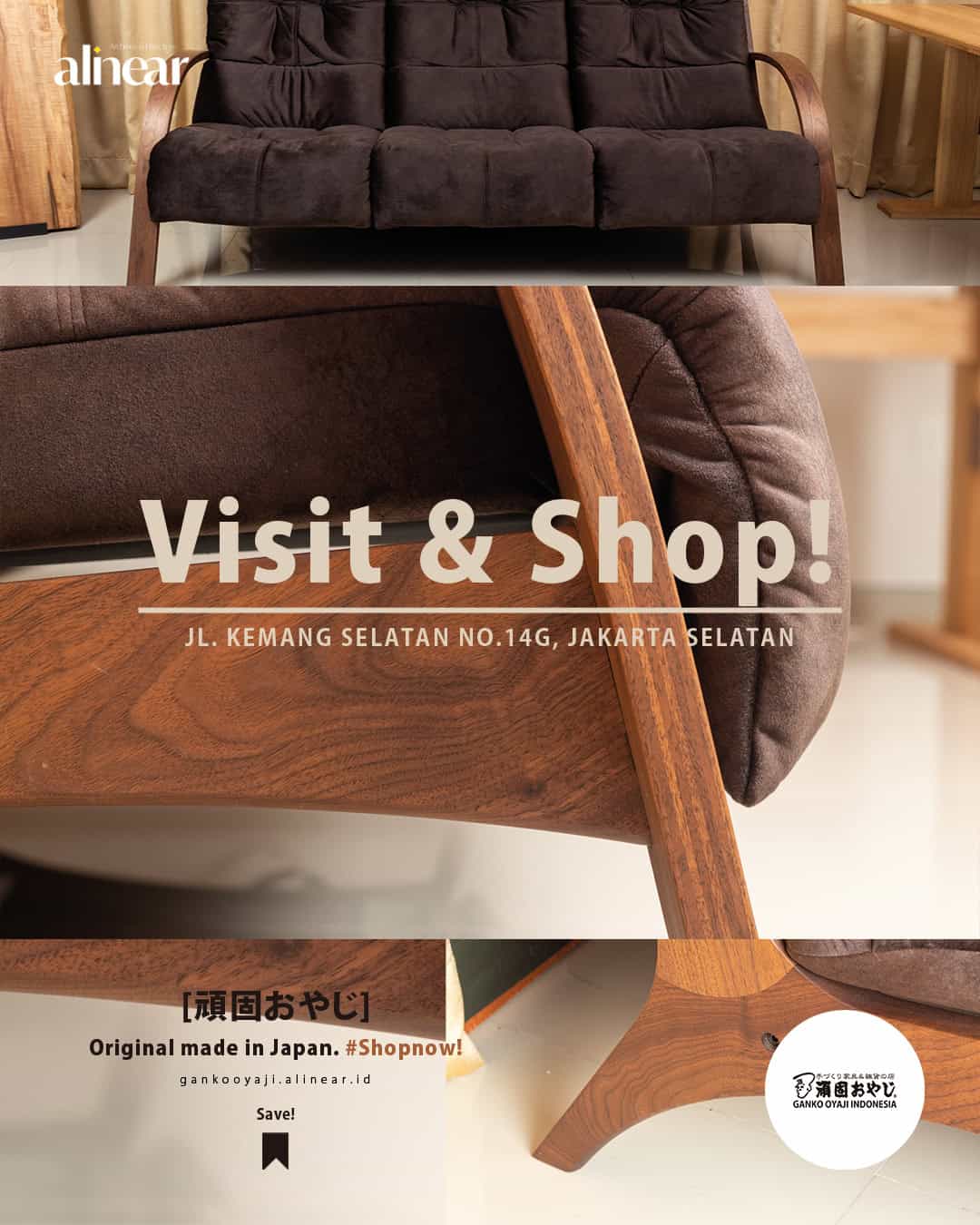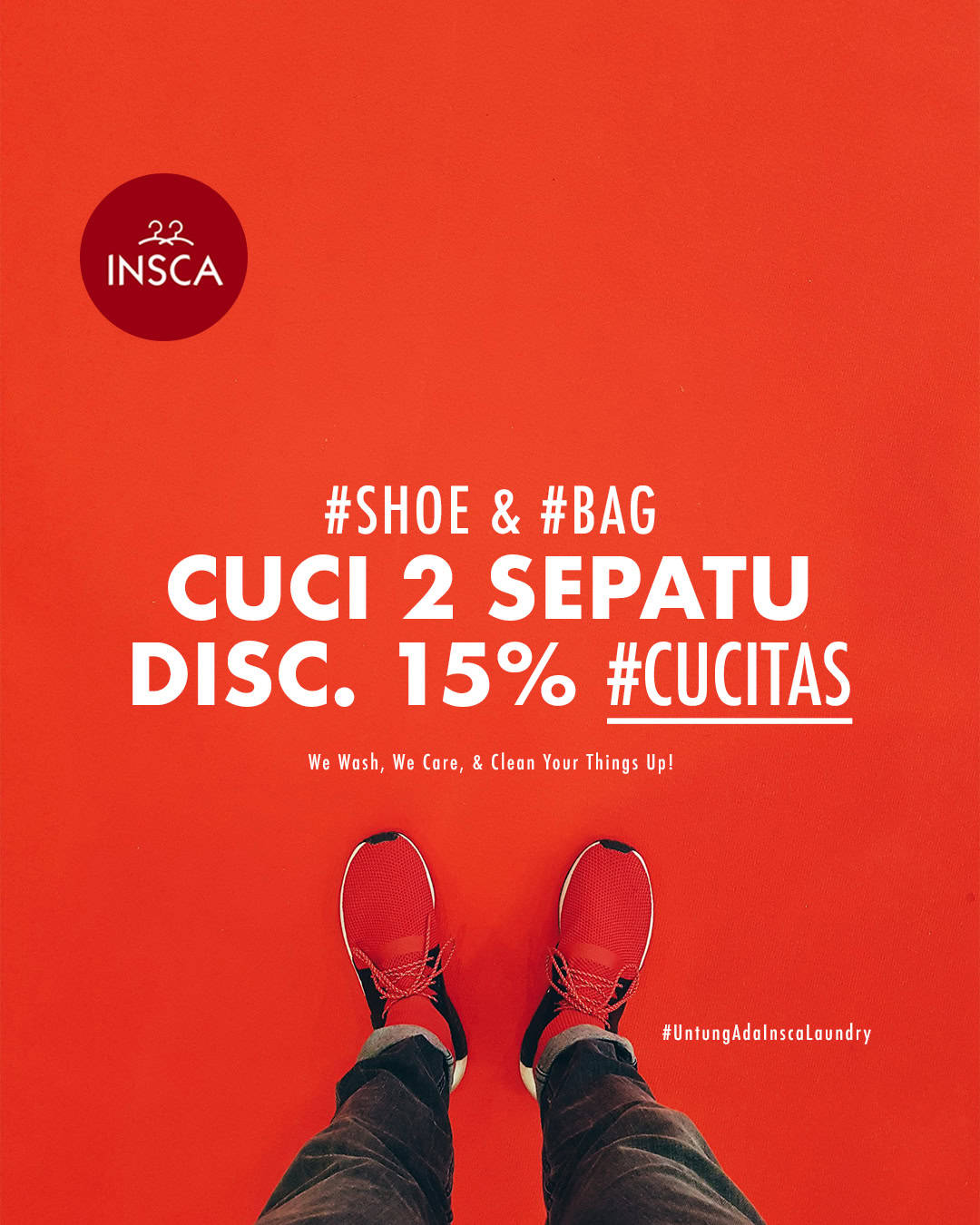A Closer Look to Monas
As a Jakarta’s admired monument, Monas is one of the tourist’s favorite spot to visit, even for the locals or foreign tourist. What is the specialty of Monas?
1. This monument with gold coating on top was built as the sign of the Indonesian Republic’s freedom from the Dutch colonization.
2. Monas ever had multiple changes of name from Lapangan Gambir, Lapangan Ikada, Lapangan Merdeka, Lapangan Monas, and Taman Monas.
3. Built as 132 meters high and 14 meters of the gold statue.
4. The gold coating weighs 35 kg on the first time built but now it weighs 50 kg.
5. The gold coating symbolizes the nation of Indonesia that already fought hard to finally achieve freedom.
6. This monument is inspired by two traditional objects which are pestle and mortar called Lingga and Yoni. If we see from the Monas shape, the pestle is the standing statue and the mortar is the square base supporting below.
7. Lingga and Yoni are the symbols of fertility and harmony. The two of them also symbolize man and woman.
8. There are gardens, two ponds, and some open field built around the building.
9. This monument is coated by the main material of real Italian marble.
10. There are reliefs from the Indonesian empire history from Singosari to Majapahit, colonization history of Dutch to Japan, and Indonesian freedom proclamation.
11. The diorama coated with marble wall uncovers the Indonesian legend history such as Borobudur, Sriwijaya, and Majapahit, also the New Order era when Suharto took part as the President.
12. The freedom room lies in Monas “mortar” side. You will find the original text of freedom proclamation here, kept in a glass box with a golden door.
13. When you enter the Gate of Freedom, you will hear the song of Padamu Negeri along with the voice of Bung Karno reading the proclamation text.
14. On the top of the statue, there is an observation room where the visitor can see the Jakarta city from the high of 115 meters.
15. This room can load 50 peoples in a time.












